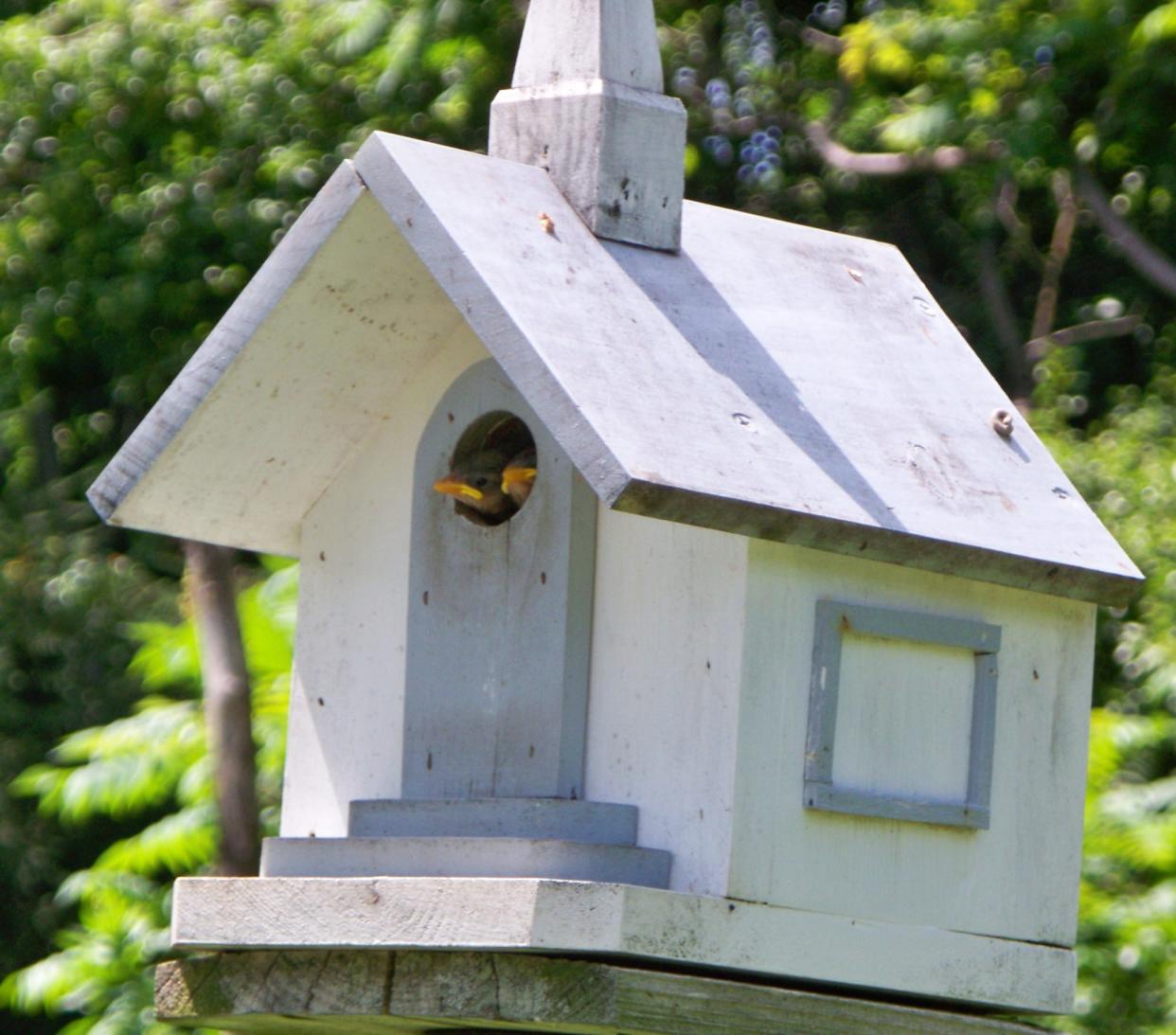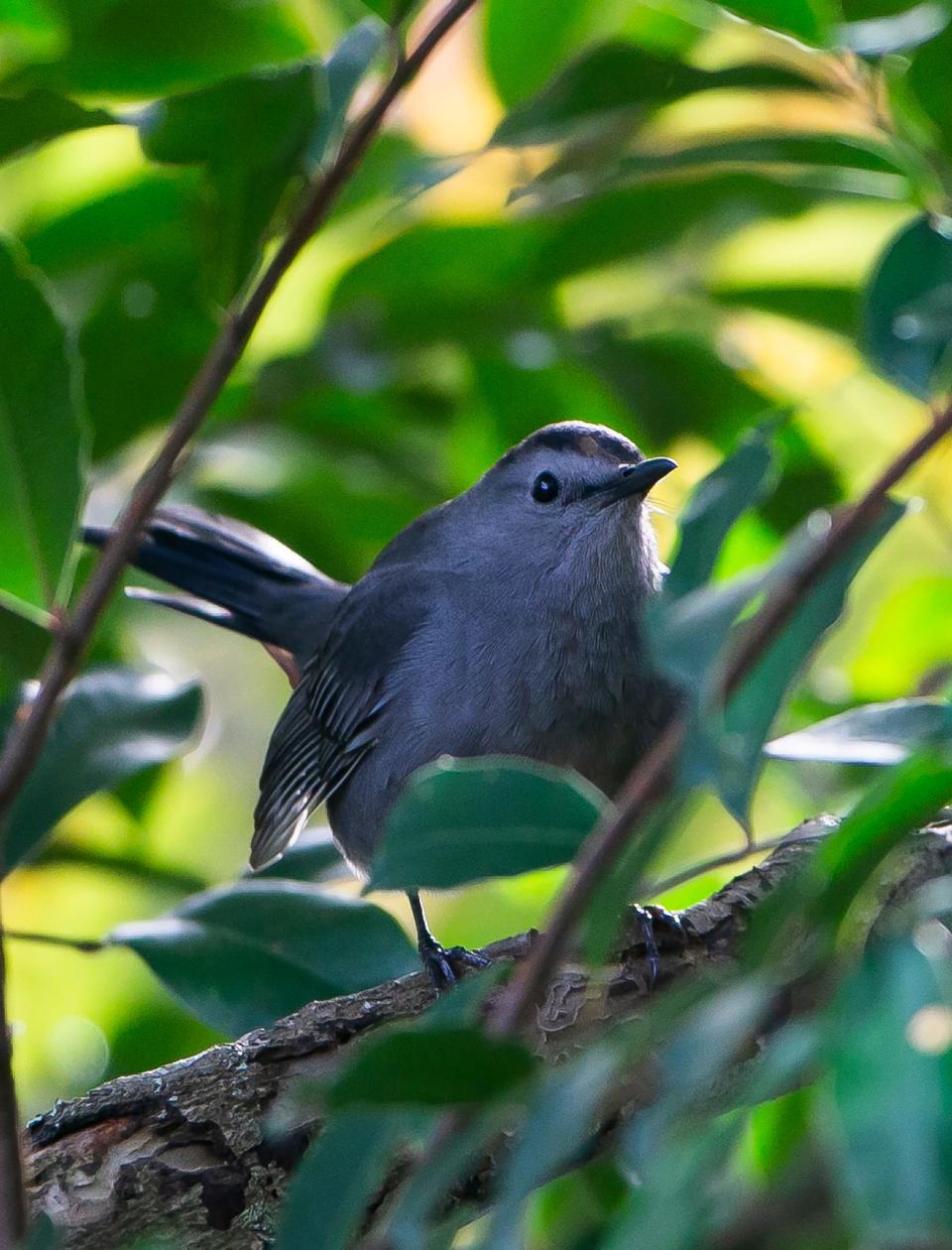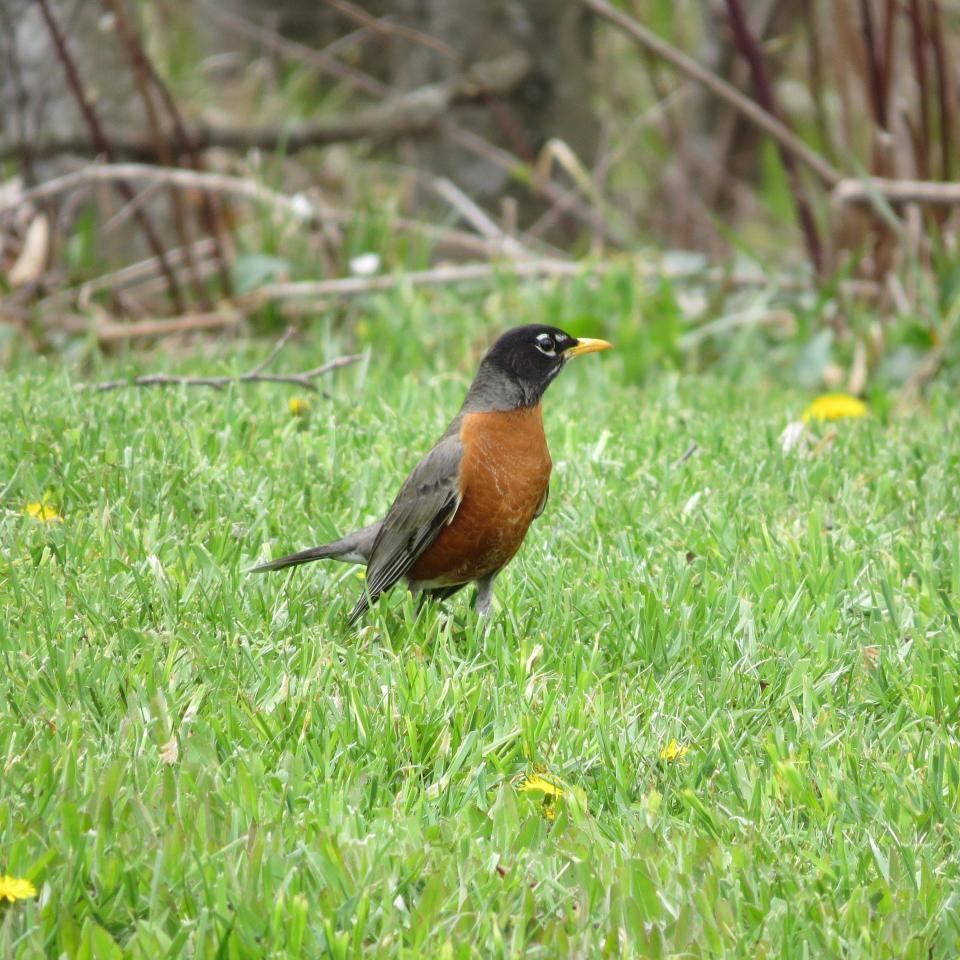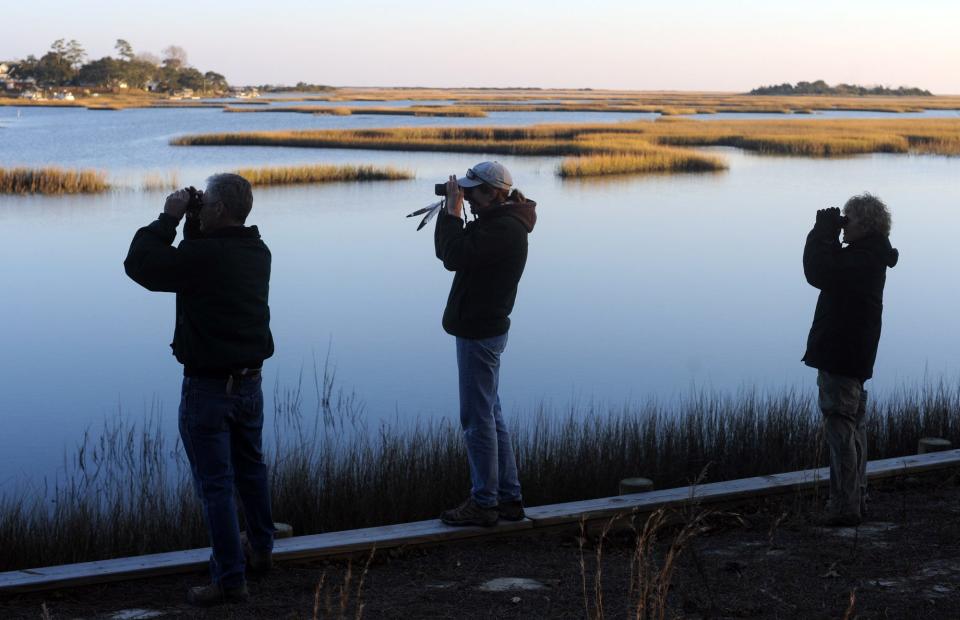Light pollution could be harmful to the survival of some NC backyard birds, study says

Light pollution is a known hazard to migratory birds, leading to impacts with buildings and general disorientation among the winged travelers.
But little is known about the impacts artificial light could have on backyard birds that don't travel long distances.
A new study by researchers from N.C. State University found artificial light could be playing a role in the survival success of several non-migratory songbird species.
The study, funded by the Alongside Wildlife Foundation and N.C. Wildlife Federation, used 20 years of band-resight data collected as a part of the Neighborhood Nestwatch Program, a citizen-science project run by the Smithsonian Migratory Bird Center in the greater Washington, D.C., area that caught and tagged seven songbird species common in urban environments. Volunteers then noted when they saw the birds, banded with different color bracelets, throughout the year.
To understand factors linked to the birds’ survival, researchers combined data from the citizen-science study with maps of light pollution, noise pollution and paved surface area.

BACKING THE BIRDS A nesting oasis off Southport is washing away. Here's what's being done to save it
While they didn’t find links between noise pollution and survival, they did find significant associations for light for the gray catbird, house wren and American robin. For the catbird and wren, more pollution at night had a negative impact on the birds' survival rates. The opposite was found to be true with robins.
That could mean some bird species are trading off between survival and reproduction as a response to urbanization.
"If artificial light is a stressor that negatively affects reproduction, it is possible that bird populations compensate with greater survival," states the study, which was published in the July issue of the journal Urban Ecosystems. "If artificial light is a stressor that negatively affects survival, then it is possible that birds compensate with greater reproduction."
The findings suggest there may be actions urban and suburban residents can take to help backyard birds survive and feel less stressed as density in many cities increases and suburbanization continues to spread out from urban cores.

Lauren Pharr, a graduate student in NC State’s Fisheries, Wildlife and Conservation Biology program and lead author of the study, said the findings raise awareness that our use of light can add to the challenges urban birds already face, ranging from predation and loss of habitat to an increased risk of collisions with buildings and vehicles. Reducing the use of lights, such as by adding motion sensors or turning them off when not needed, could be one way to help reduce stress levels or sub-lethal impacts on backyard birds.
"It might just be one home's lights or one set of street lights, but a little can go a long way," Pharr said, adding that even "common" birds won't stay that way if we don't work to understand how we're impacing their environment.
Engaging the public
While urban songbirds play an important ecological role, they also fill another important niche − making people happy.
Feeding wild birds is a widely popular pastime, with enthusiasts citing its simplicity, affordability, and accessibility, even in densely populated urban environments. According to a 2019 Virginia Tech study, more than 57 million households feed backyard birds, spending more than $4 billion annually on bird food. Experts say those numbers likely surged during the COVID-19 pandemic when millions of Americans were stuck at home for months.
The study also highlighted how scientists can tap into an often overlooked research tool − the citizen-scientist.
Engaging with interested residents can act like force multipliers for researchers, expanding the breadth and reach of their data collection efforts.
TAKING WING What's flying by? Researchers go high-tech to track migratory birds along Pender County coast

Pharr said working with the public also helps expose people to the science, in effect bringing it to the kitchen table, and teaches them why it matters.
"It gives us the opportunity to bring people in who are curious and helps to expose them not only to the issues that are going on, but teaches them to care and then advocate for something they really care about." she said. "It allows them to say, 'I am helping and contributing to science, and I feel pretty good about that.'"
Reporter Gareth McGrath can be reached at GMcGrath@Gannett.com or @GarethMcGrathSN on Twitter. This story was produced with financial support from 1Earth Fund and the Prentice Foundation. The USA TODAY Network maintains full editorial control of the work.
This article originally appeared on Wilmington StarNews: NC State study looks to shine light on urban birds and light pollution

